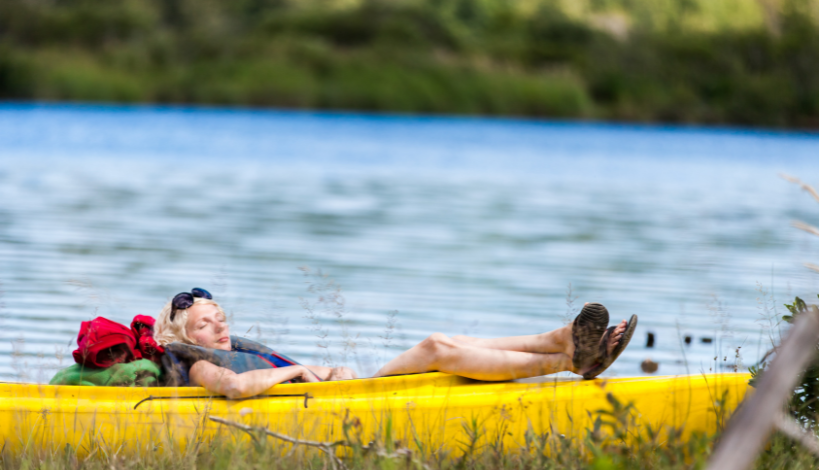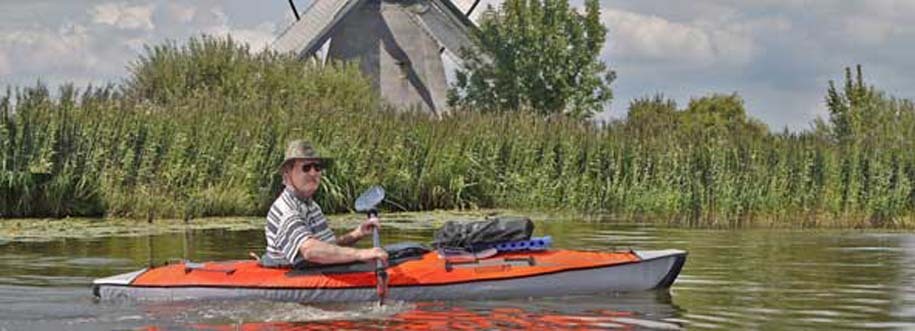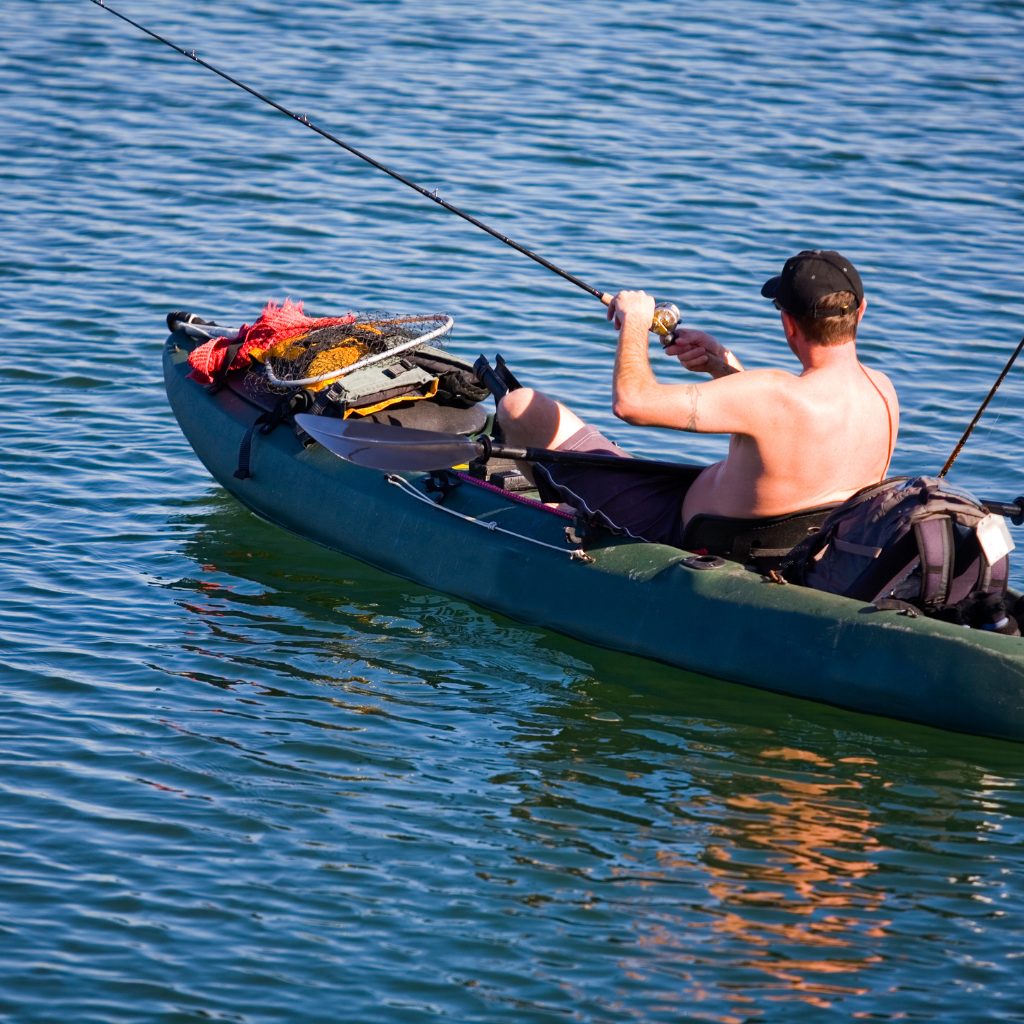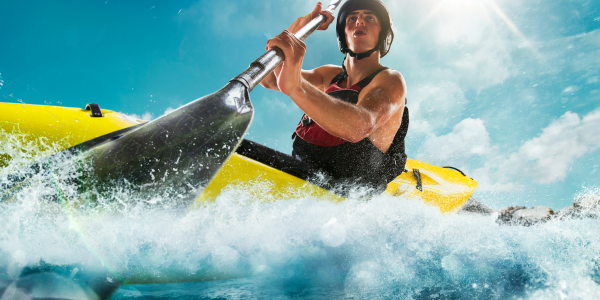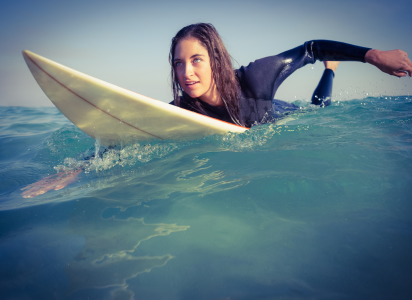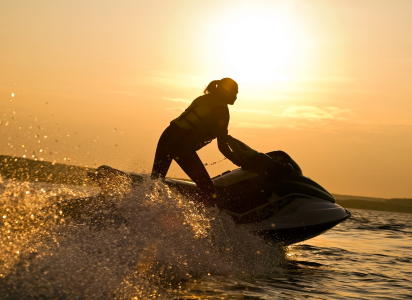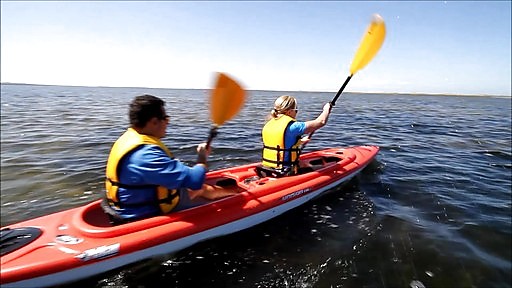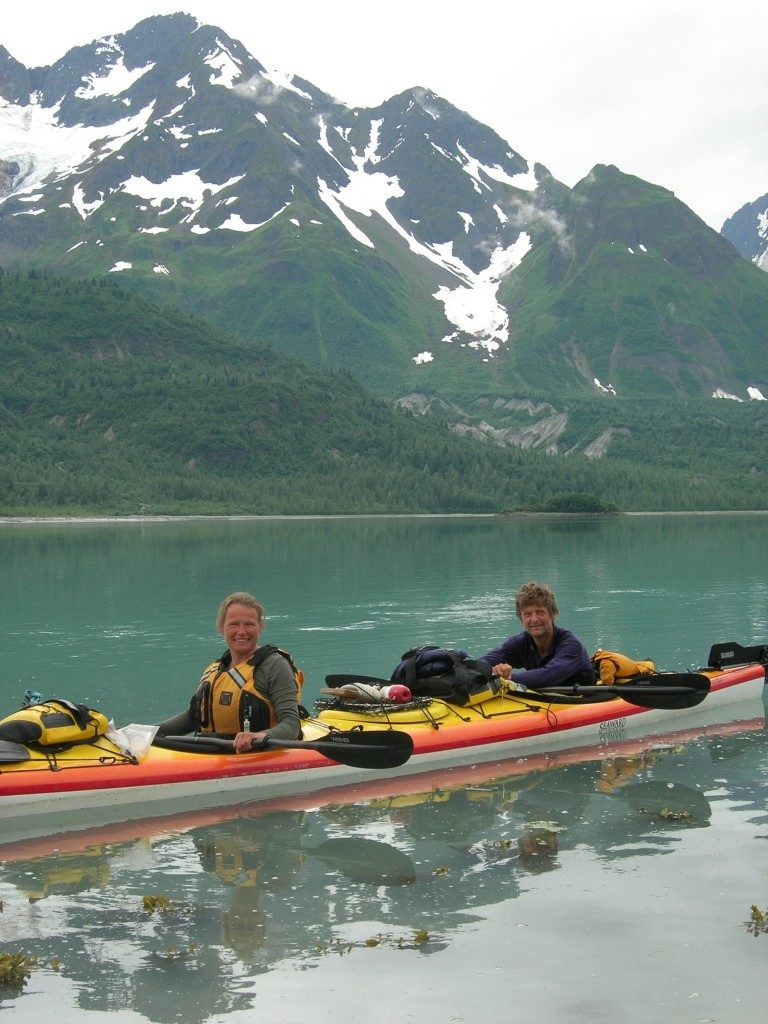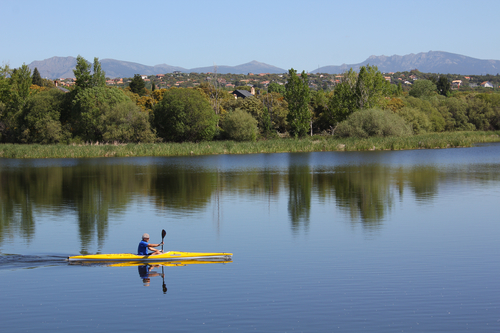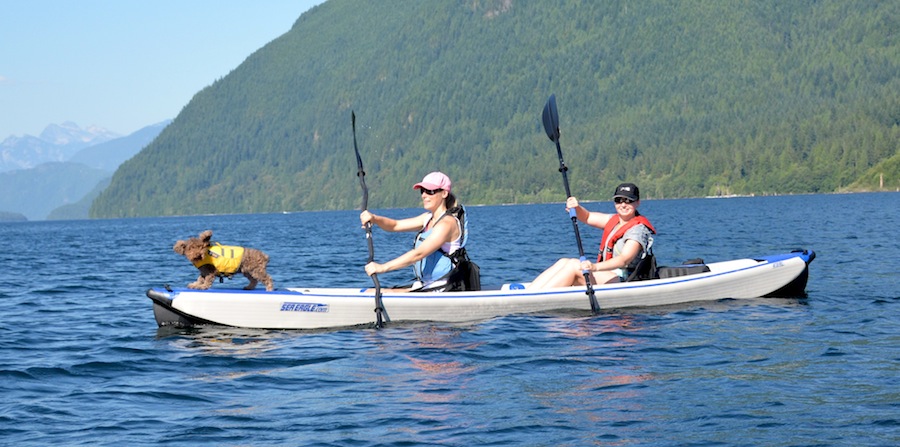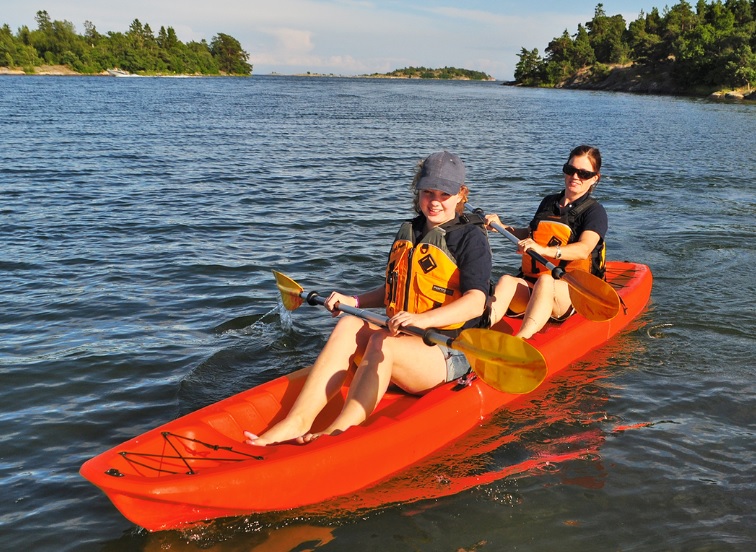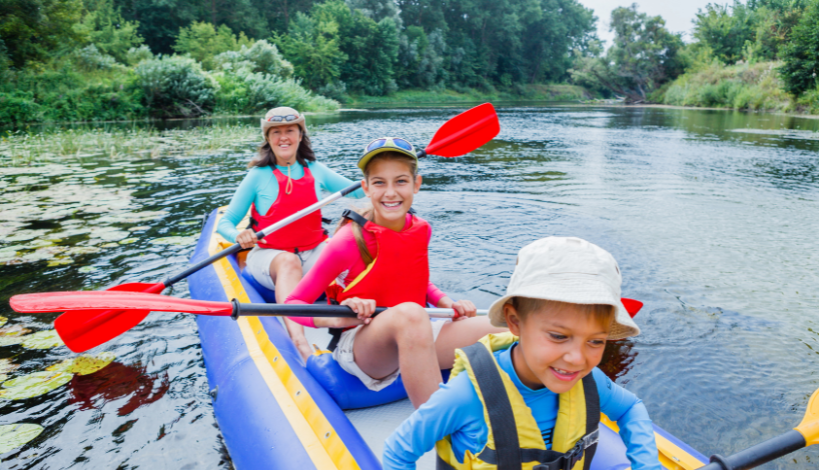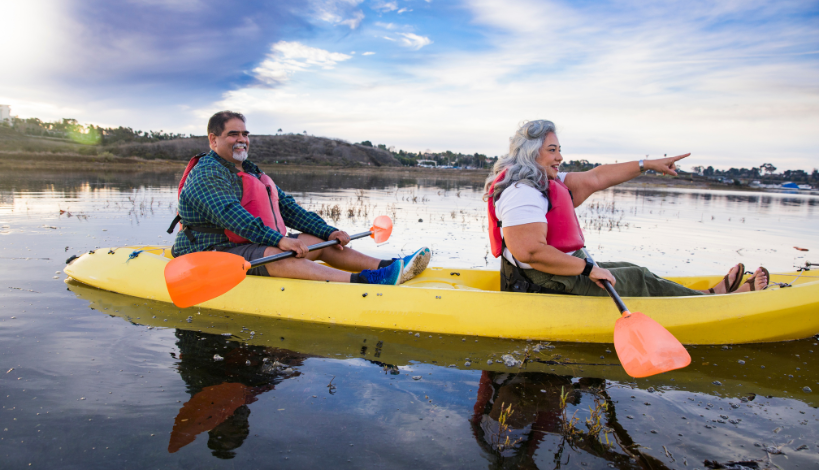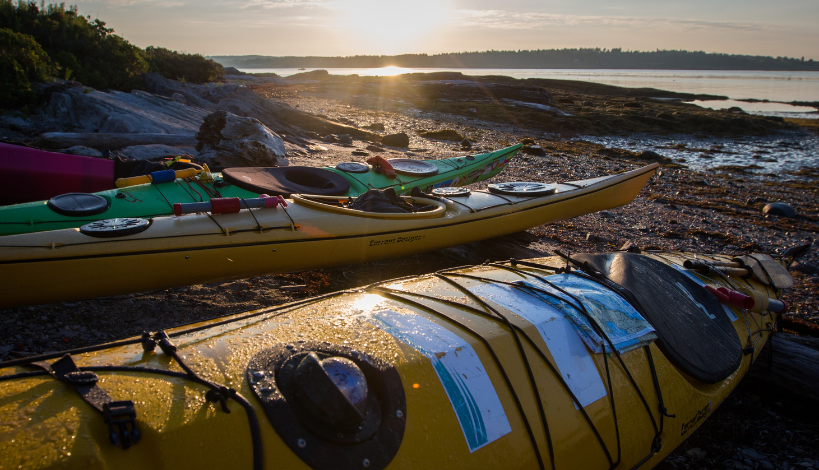Are you in the market for a new kayak and weighing your options between Pelican Kayaks and Old Town Kayaks? Both brands have been around for a while and both make great products and have a great fanbase.
However, if you’re like many kayakers, you’re looking for a kayak that offers a perfect balance of performance, durability, and affordability.
Pelican Kayaks vs Old Town Kayaks: Which One Deserves Your Money?

Over the years, I’ve had the pleasure of owning and renting several Pelican and Old Town kayaks so in this article, I’ll take a close look at both brands and their top 3 kayaks to help you decide which one is the better choice for your specific needs.
#1. Design and Performance
When it comes to kayaks, design and performance are crucial factors to consider.
I love the look for Pelican Kayaks. They are known for their sleek and modern designs and stand out for it. They offer a wide range of kayaks including recreational, sit-in, and sit-on-top kayaks.
These models are great for beginners and intermediate kayakers. Pelican kayaks are also lightweight and easy to maneuver, making them perfect for calm rivers, lakes, and ponds.
On the other hand, Old Town Kayaks are known for their performance-oriented designs, making them ideal for experienced kayakers. They offer a range of touring and fishing kayaks with advanced features such as increased speed efficiency and extra storage space.
#2. Durability and Material

When purchasing a kayak, you want to ensure that you’re getting value for your money.
Now, Pelican kayaks are made from a high density polyethylene plastic that is incredibly durable and impact-resistant. They come equipped with several features such as adjustable footrests, padded seats, and rod holders, making them perfect for fishing and recreational kayaking.
In comparison, Old Town Kayaks are made from 3-layer polyethylene, making them incredibly strong and durable. They can withstand harsh weather conditions and will last a lifetime with proper care.
As for durability, they’re both even!
#3. Affordability
The price of a kayak is another crucial factor to consider when making your choice. While both brands offer affordable models, Pelican kayaks are generally cheaper than Old Town kayaks.
Pelican kayaks offer budget-friendly models for novice kayakers, and they are a great way to start kayaking without breaking the bank. In fact, Pelican was the second kayak I ever bought because I could afford them and knew they performed well.
Old Town kayaks are typically more expensive but to be fair, they offer high-quality features and advanced designs.
#4. Guarantee and Customer Service
When you purchase a kayak, it’s essential to know that you’re getting a reliable product.
Both Pelican and Old Town offer limited lifetime warranties to their kayaks, assuring customers that they’re getting a high-quality product.
Both companies also have excellent customer service, evident from the numerous positive reviews from satisfied customers.
3 Popular Kayaks By Pelican
Following are three of the most popular Pelican kayaks you’ll find:
Pelican Catch 120
This is a 12′ recreational sit-on-top kayak. It has adjustable footrests, padded seats, and rod holders.
Pelican Maxim 100
This is a 10′ recreational sit-in kayak. It has adjustable footrests, padded seats, and plenty of storage space.
Pelican Argo 100
This is a 10′ touring kayak. It has adjustable footrests, padded seats, and plenty of storage space.
3 Popular Kayaks By Old Town
Following are three of the most popular Old Town kayaks you’ll find:
Old Town Vapor 10
This is a versatile sit-on-top recreational kayak with adjustable footrests and a comfortable seat.
Old Town Dirigo 106
This is a 10’6” touring kayak. It has adjustable footrests, an ergonomic seat, and plenty of storage space.
Old Town Sportsman AutoPiloT
This is a sit-on-top fishing kayak with adjustable footrests and a comfortable seat.
Are Pelicans Good Kayaks?
As mentioned earlier, I recommend Pelican kayaks especially for beginner and intermediate level kayakers. They offer a wide range of models with advanced features such as adjustable footrests, padded seats, and plenty of storage space.
These kayaks are also lightweight and easy to maneuver, making them perfect for calm rivers, lakes, and ponds. And yes, Pelican kayaks are great kayaks!
Are Old Town Kayaks Good?
Yes, Old Town kayaks are good and hold great brand reputation. Old Town Kayaks offer performance-oriented designs that make them ideal for experienced kayakers. They offer models with advanced features such as increased speed efficiency and extra storage space.
Old town kayaks are also highly durable, and with their advanced hull design, they can handle rough water conditions such as strong wind and waves.
Are Pelican Kayaks Tippy?
Pelican kayaks are usually very stable and not overly tippy. Most models have a wide and flat hull design which provides excellent stability in the water.
Are Old Town Kayaks Tippy?
Old Town kayaks usually have a narrower and deeper hull design which can make them tippier than Pelican kayaks. However, they also offer models with wide and flat hulls that provide excellent stability in the water.
Are Pelican or Old Town Kayaks Better for the River?
Honestly, both kayak brands produce kickass kayaks.
Pelican kayaks are great for recreational use and offer models with adjustable footrests, padded seats, and rod holders which make them perfect for fishing or exploring calm rivers.
Old Town Kayaks, on the other hand, offer performance-oriented designs that are ideal for experienced kayakers who want to tackle rougher water conditions such as strong wind and waves.
Are Pelican or Old Town Kayaks Better for the Ocean?
Both Pelican and Old Town offer models that are suitable for use in the ocean.
As discussed previously, Pelican kayaks are great for recreational use in calm waters, while Old Town kayaks offer advanced designs that are ideal for tackling rough conditions. It really depends on your specific needs and skill level.
Which Kayak Should You Purchase: Old Town or Pelican?
So, I’ve used several different kayaks by both brands and can tell you they both offer eye catching design and good performance. b
I think Pelican Kayaks are perfect for novice and intermediate kayakers who want a budget-friendly kayak with modern designs, while Old Town Kayaks are more suitable for experienced kayakers who require high-performance kayaks that can handle tough weather conditions.
Determine your budget and what type of water you’ll be using this kayak in and then the answer will become much easier!



